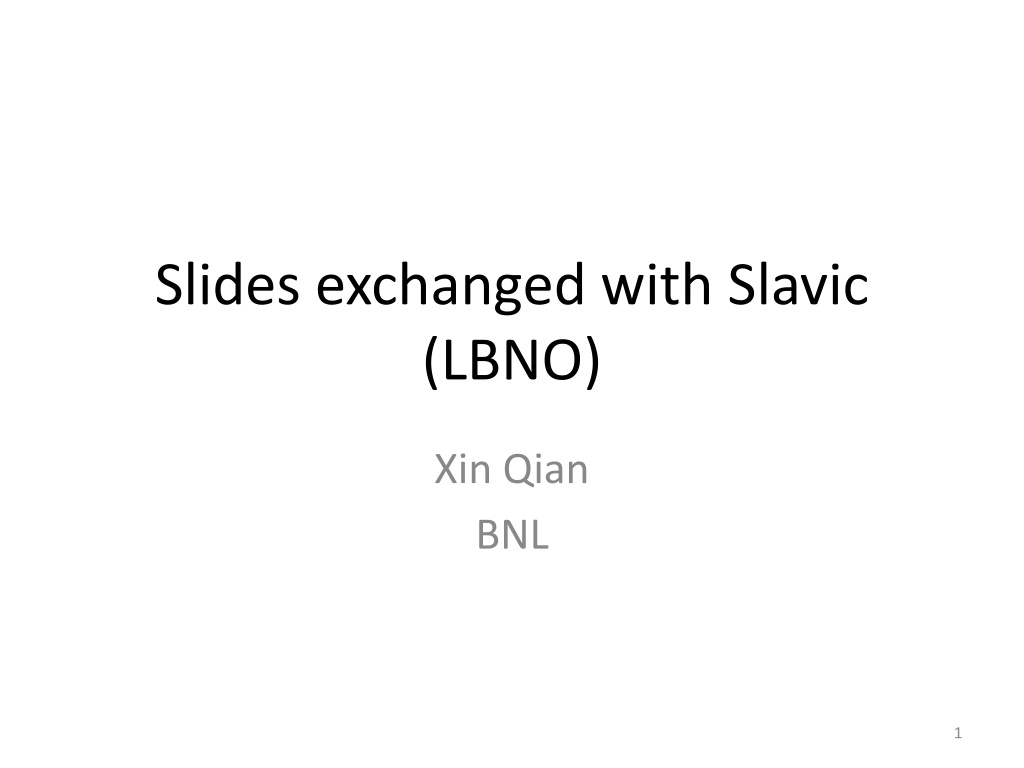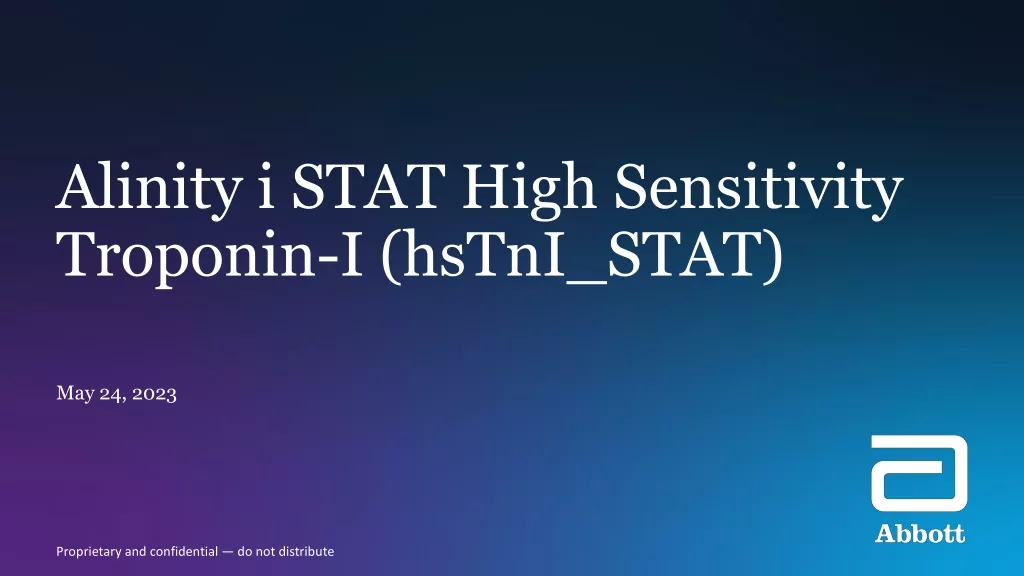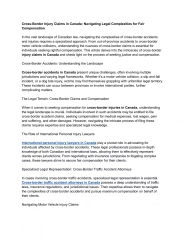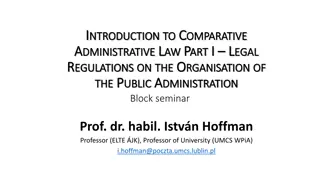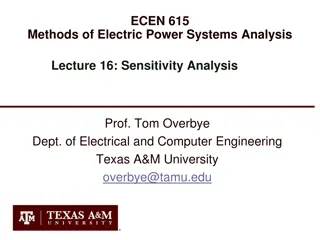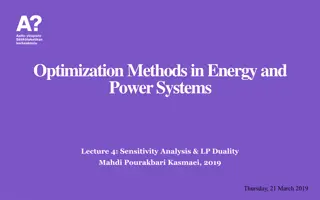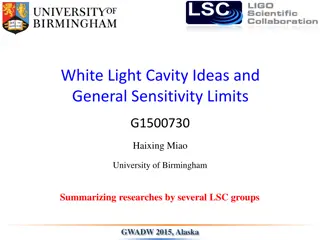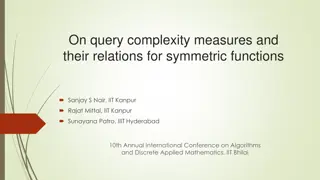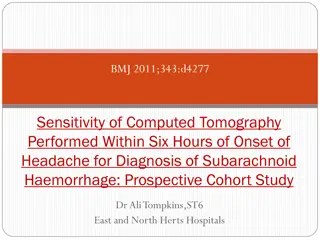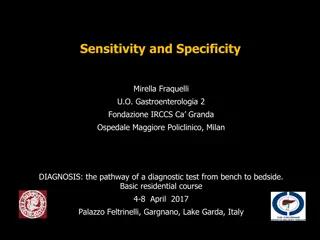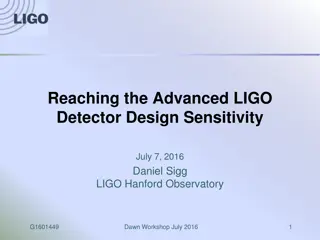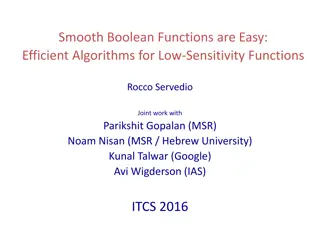Cross-Check Sensitivity Comparison LBNO vs. LBNE
Compare sensitivity and events data between LBNO and LBNE in neutrino physics research. Detailed analysis of fluxes, signal and backgrounds, with a focus on MH sensitivity. Explore systematics and baseline differences impacting results.
Download Presentation

Please find below an Image/Link to download the presentation.
The content on the website is provided AS IS for your information and personal use only. It may not be sold, licensed, or shared on other websites without obtaining consent from the author.If you encounter any issues during the download, it is possible that the publisher has removed the file from their server.
You are allowed to download the files provided on this website for personal or commercial use, subject to the condition that they are used lawfully. All files are the property of their respective owners.
The content on the website is provided AS IS for your information and personal use only. It may not be sold, licensed, or shared on other websites without obtaining consent from the author.
E N D
Presentation Transcript
Slides exchanged with Slavic (LBNO) Xin Qian BNL 1
Motivation We would like cross check LBNEO sensitivity We would like to compare with LBNE sensitivity We would like to validate claims from both LBNE and LBNO 2
Conditions LBNO Fluxes: HPPS and SPS fluxes from Slavic Oscillation Parameters 3% measurement of sin22theta13 is assumed 3
Events Comparison SPS Slavic SPS Xin HPPS Slavic HPPS Xin Neutrino signal 693 696.5 922 924 Neutrino backgrounds 121 145.3 300 264.6 Antineutrino signal 40 47.4 48 52.8 Antineutrino backgrounds 36 30.2 30 37.2 Total POT needed 15e20 16.35e20 30e21 32.7e21 Xin: does not include the nu_tau background. I have to scale the POT by about 1.09 in order to match the Neutrino signal events 4
Sensitivity Comparison (Digitize these plots) Sensitivity plots from Slavic Left SPS beam, right HPPS beam, digitized with 24 kton detector 5
Sensitivity Comparison Xin: Sensitivity was calculated according to LBNE style systematics: 1% signal + 5% systematics There are small rate differences shown in slide 3 There are some differences in how to treat systematics between LBNO and LBNE calculation Given these, the sensitivities are close enough. For this work (relative comparison), it is good enough. We are going to compare LBNE vs. LBNO sensitivity 6
LBNO vs. LBNE Sensitivity (Both MH) LBNO Sensitivity is calculated with HPPS LE beam 50 GeV beam + 24 kt + 32.7e21 POT LBNE Sensitivity is calculated with 2010 beam 120 GeV beam + 34 kt + 8.6e21 POT Comparable CPV sensitivity in NH, slightly worse CPV sensitivity in IH Better MH sensitivity at longer baseline About 10% lower than the exposure than LBNO, as we scaled up LBNO rates to match the LBNO official rate 7
LBNE vs. LBNO Events Comparison LBNE (NH) LBNO (NH) LBNE (IH) LBNO (IH) Neutrino signal 1243.5 924 569.6 196.5 Neutrino backgrounds 664.2 264.6 665.1 279.1 Antineutrino signal 372.4 52.8 532.6 146.7 Antineutrino backgrounds 400.4 37.2 396 36.3 Total POT needed 8.6e21 @ 120 GeV 32.7e21 @ 50 GeV HPPS LE 8.6e21 @ 120 GeV 32.7e21 @ 50 GeV HPPS LE 8
Importance of 2nd oscillation maxima LBNO 2nd oscillation ends at 2.5 GeV, LBNE 2nd oscillation ends at 1.5 GeV 2nd oscillation in LBNE does not play an important role in CPV 2nd oscillation in LBNO does play an important role in CPV Validate the claims from both LBNE and LBNO Comparing 1st oscillation only, LBNO sensitivity is worse than LBNE, this is due to the imbalanced rate in neutrino vs. antineutrino mode at longer baseline 9
Use HPPS LE Optimization @ 1300 km For CPV, LBNE and LBNO has similar sensitivities With LBNO setup, but set the baseline to 1300 km, CPV sensitivity is enhanced. Validate the claim of LBNE that shorter baseline is better for CPV Also better LBNE MH sensitivity with HPPS LE beam ~ 100 for the worst delta region 10
Conclusion We validate the following facts: Roughly validate the LBNO sensitivity with LBNE globes framework 1%/5% LBNE systematic treatment similar as the LBNO style systematics LBNO HPPS LE CPV sensitivity has similar performance as LBNE 2010 CPV sensitivity @ same exposure Slightly worse in IH case For CPV, 2nd oscillation maximum is crucial for LBNO, but not as crucial in LBNE For 1st oscillation alone, the LBNO sensitivity is worse due to imbalanced neutrino/antineutrino rates For 2nd oscillation alone, the LBNO sensitivity is better due to more events, and wider energy coverage For CPV, 1300 km performs better than 2300 km LBNO s sensitivity @ 1300 km is better than LBNO sensitivity @ 2300 km For MH, 2300 km performs better than 1300 km 11
Systematic 3%+10% With 3% signal uncertainties + 10% background uncertainties 1300 km baseline s sensitivity decreases more than the 2300 km baseline Presumably since 1st oscillation maxima is more sensitive to the signal uncertainties 2nd oscillation has larger asymmetries, more shape information 12
Breakdown 1st and 2nd oscillations We confirm that the 1st oscillation is more sensitive to the systematic uncertainties relative to the 2nd oscillation maxima. 13
Running Time 50%+50% vs. 75%+25% At 1300 km, 50% vs. 50% running is better than 75% + 25% running At 2300 km 75% vs. 25% running is better than 50% + 50% running This is mostly due to the imbalanced neutrino vs. antineutrino events 14
A few words about systematics Current LBNE-style systematics only takes into account the normalizations These uncertainties are uncorrelated among various samples In reality, we would use the muon disappearances to calibrate the CPV (small effect of CPV) For the appearance CPV, what matters is the relative uncertainties between appearance and disappearance This is the main reason of 1% signal uncertainties A 3% relative uncertainties between appearance and disappearance is conservative Based on my DYB experience, Relative uncertainties is the most dangerous ones (than the absolute uncertainties) Uncorrelated uncertainties is more dangerous than the correlated uncertainties Also need to consider energy scale, bin-2-bin uncertainties, near/far extrapolation break some connections between 1st and 2nd oscillation maxima 15
50 GeV vs. 120 GeV beam 17
